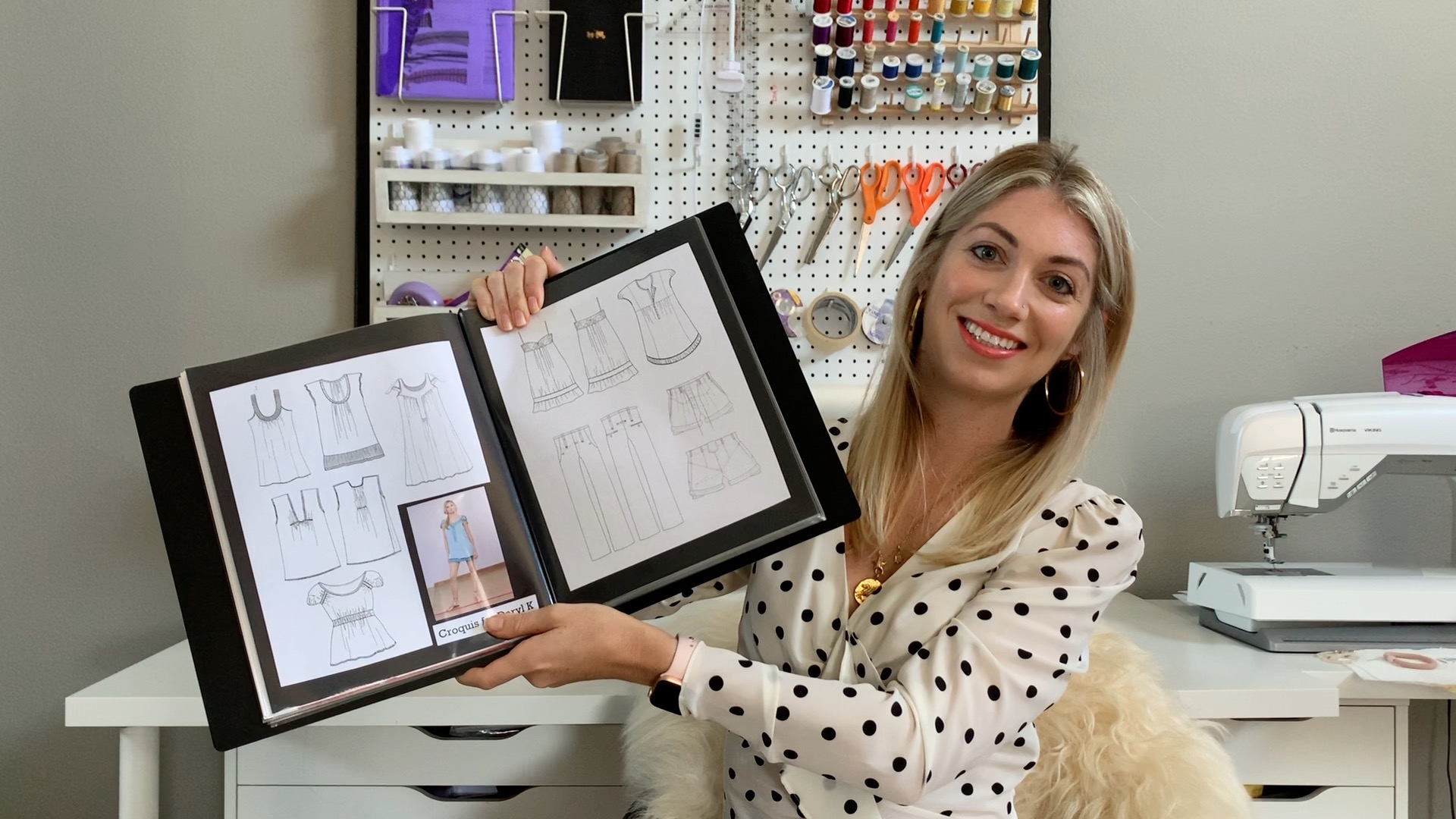


You may love clothes but clothing is only part of the story when undertaking fashion design. Costume design for theaters, movies, the advertising industry and retailers.Īssess your skills and personality honestly before pursuing a career in fashion design.Boys' wear and/or girls' wear teenage wear.You might wish to straddle a few but, to begin with, don't over-extend yourself as it's better to perfect your designing within one area and then experiment when you've already got a good foothold in the industry. Within these major fields, you'll also need to decide on a few sub-set areas for your fashion design.

Are you interested most in haute couture, ready-to-wear, fitness/leisure gear, the mass market or niches such as eco wear? Each has advantages and disadvantages that you'll need to explore before reaching your final decision on which pathway to pursue. You may need to start at the bottom but you do need to have some goals in mind as to the type of designing you want to undertake lifelong. Again, the connections you make through your internship or apprenticeship will be vital as you pursue your career in fashion, and working with industry professionals will give you an opportunity to pick up important skills first-hand.ĭecide which designing field is your principal interest. You will need to have an impressive portfolio to apply and be willing to start at the bottom interns are often given menial tasks like getting coffee. If school is not for you, or if you simply feel that real-world experience will be of more benefit to you, then find a fashion internship.
Apply for an internship or apprenticeship. X Research source In addition to learning practical skills like these, you will also be working with industry professionals who may serve as important contacts in the future and who can give you first-hand advice and feedback on your work. You will study drawing, color and composition, pattern-making, and draping. FIDM and Parsons are two of the most popular design schools in the United States. Most programs are three or four years long. You'll learn a great deal, make excellent early contacts and have ample opportunity to show off your skills in a less judgmental environment (although still be prepared to be critiqued!) Do one (or both) of the following: If you can, it makes good sense to get a diploma or degree in fashion design or a related program. Trying to do all at once might get you discouraged. A little bit everyday will make you gain a deep understanding of fashion on the long run if you are planning a career. Be prepared to devote hours of time to perfecting your craft. Start developing these skills at a young age. Be good at researching trends and finding inspiration from social media, comparative shopping and trade shows. CLOTHING DESIGNER JOBS HOW TO
Learn how to create storyboards and product ranges. X Expert Source Chloée Ohayon-Crosbyįashion Stylist Expert Interview. Knowing this will help you to be a better designer yourself, as you can borrow and build on their ideas. Learn from existing designers, not just who they are, but their backgrounds, their signature style, the learning that they undertook, where they studied. 
Also know where to source materials from. Your in-depth knowledge of fabric is absolutely essential to using it properly when designing.
Understand how fabrics move, drape, breathe, react when worn, etc. Being able to sew difficult fabric under challenging situations will stand you in excellent stead throughout your career but you need to work at it - it's a skill that doesn't come easily to many people. Get excellent sewing tuition if you haven't already learned this skill well. Successful fashion designers have a wide array of skills, including drawing, an eye for color and texture, an ability to visualize concepts in three dimensions, and the mechanical skills involved in sewing and cutting all types of fabrics.








 0 kommentar(er)
0 kommentar(er)
